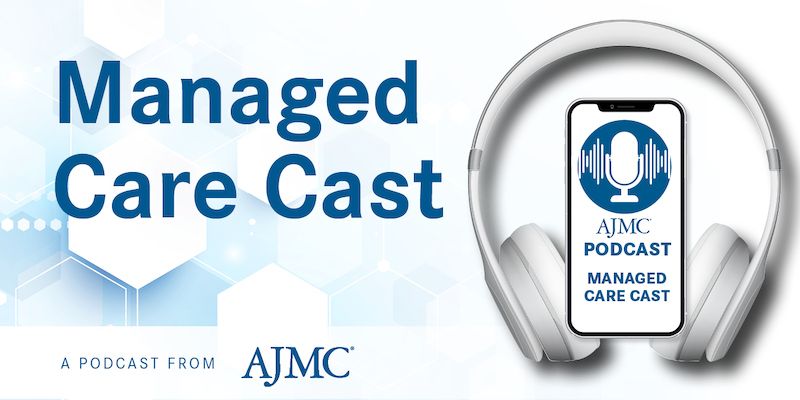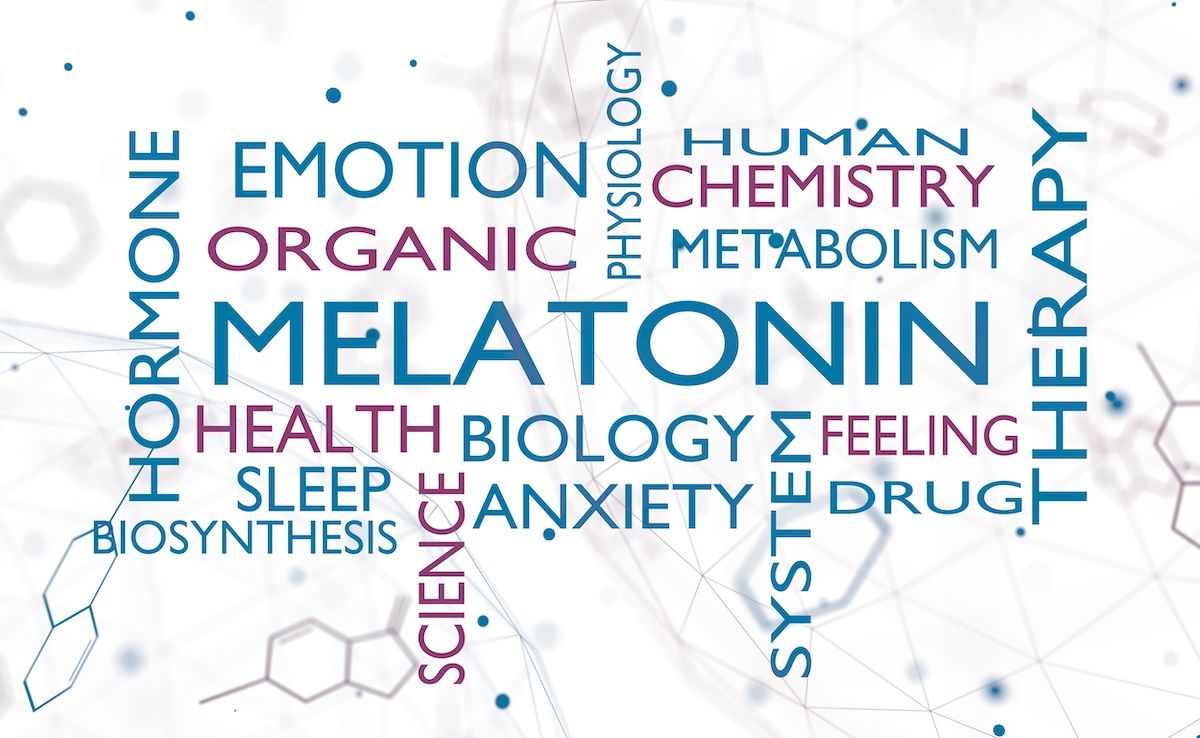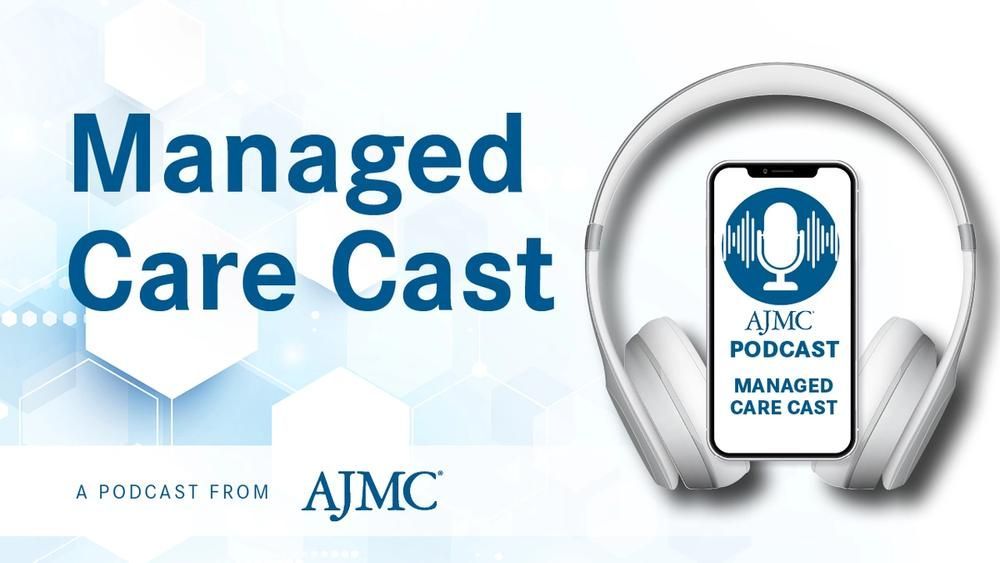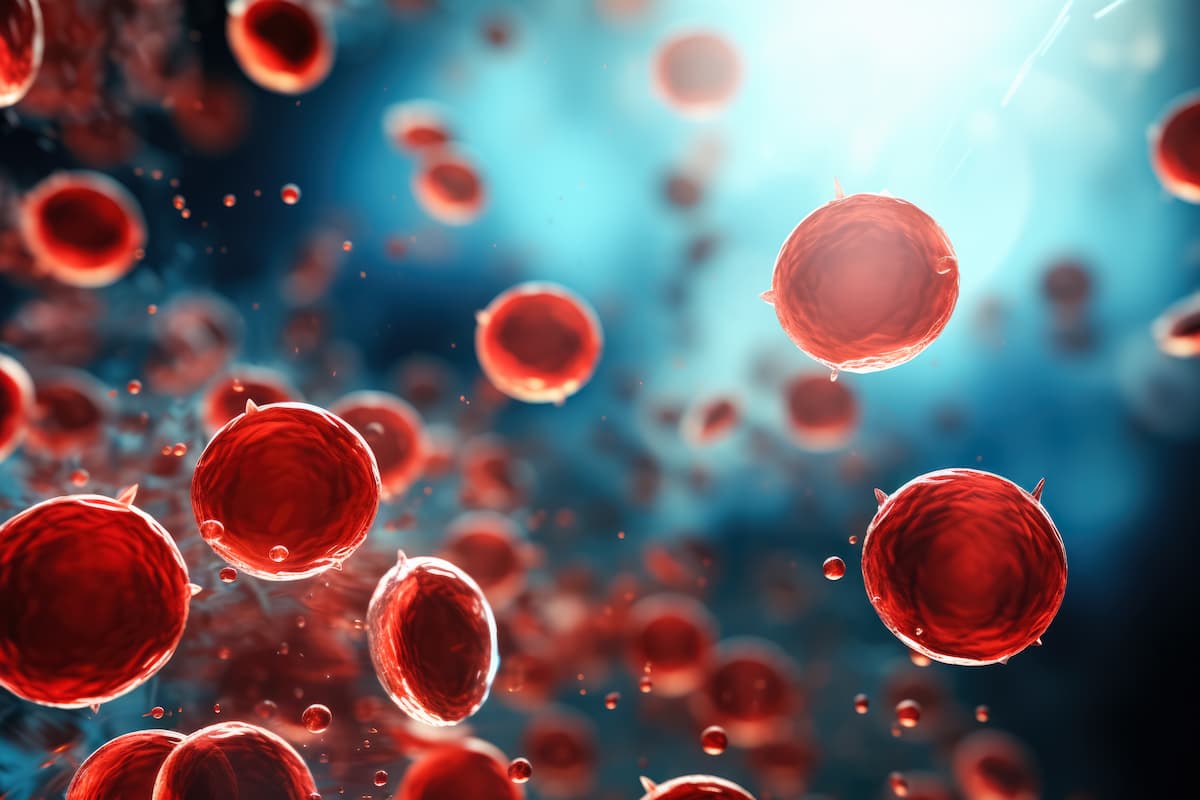Commentary
Article
Advancing MM Care Through Innovation and Equity: Ajai Chari, MD
Author(s):
Addressing the accessibility and high costs of chimeric antibody receptor (CAR) T-cell and bispecific therapies is crucial for maximizing their impact in multiple myeloma (MM).
The future of multiple myeloma treatment is bright, but it hinges on overcoming barriers to access and affordability, argued Ajai Chari, MD, University of California San Francisco, in an interview with The American Journal of Managed Care®. As he previously discussed, chimeric antigen receptor (CAR) T-cell and bispecific therapies have fundamentally altered patient outcomes and quality of life for patients with multiple myeloma (MM). However, more specialized treatment centers, refined regulatory requirements, and easier delivery at the community level are needed to optimize the impact of these therapies.
No cure currently exists for MM; however, extended symptom-free durations can be considered a "functional cure." | Image Credit: © Saiful52 - stock.adobe.com
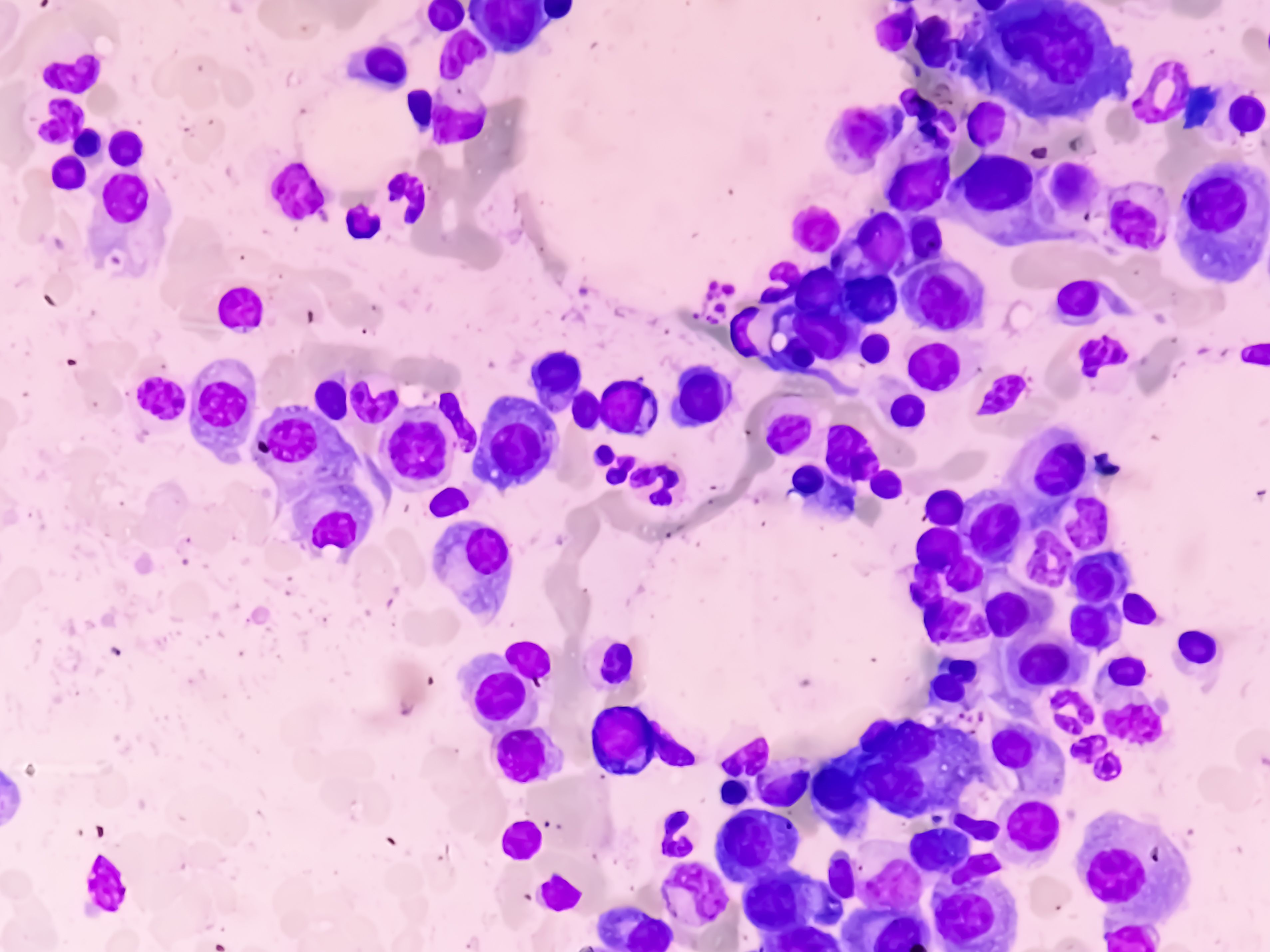
Patients once identified for hospice care, having exhausted all available therapies, are now achieving stringent complete remissions, Chari highlighted. These individuals, who previously faced diminishing returns with each successive remission period, are experiencing their longest and deepest remissions to date, thanks to treatment advancements, including allogeneic hematopoietic stem-cell transplantation.1,2
This new reality signifies a great departure from the natural history of MM, where each remission was typically shorter than the last.3 Today, groundbreaking therapies are providing patients, regardless of their transplant eligibility, with an unprecedented lease on life, offering hope, and extending survival in ways that were once unimaginable.4
Among the most transformative innovations are CAR T therapies. These treatments have led to dramatic improvements in patient-reported outcomes, as they often allow for extended periods off therapy. "There’s no treatment as effective as zero treatment," Chari emphasized, highlighting that some patients remain free from myeloma therapies for up to 3 years or more after CAR T therapy. This reduction in treatment burden translates to improved quality of life and overall well-being, reinforcing the profound impact of these novel therapies.
“These drugs are expensive,” Chari said, “but they’re also giving tremendous value in terms of both quality and depth of remission and duration.” Although these expenses are significant, he argued that patients and providers should consider the bigger economic picture and the implications of treatment success. “CAR T, in particular, because you’re stopping all the maintenance therapy, is very profitable and could be one of the most financially cost-effective strategies,” he argued.
However, access remains a critical challenge. Typically, CAR T therapies are only available at certified academic centers, limiting their reach to some patients.5 To fully realize their potential, Chari explained that efforts must be made to make CAR T more accessible at the community level.
Another promising class of treatments, bispecific antibodies, faces similar challenges, Chari added, as their impact cannot be maximized unless they also become widely available in community treatment settings. For this to happen, all providers must adopt Risk Evaluation and Mitigation Strategies programs to administer these therapies safely and effectively.
Continued research and innovation will push the boundaries of remission durations and improve patients’ quality of life, but systemic efforts must align—everyone must “get on board,” as Chari put it—to ensure equitable care in MM. By expanding treatment availability beyond academic centers and integrating these novel therapies into community settings, the field can move toward a future where long-term remission—or even a functional cure—becomes possible for those affected by MM.
This future will require collaboration between payers, policymakers, pharmaceutical companies, and health systems to reduce logistical and financial hurdles. Without deliberate action, the promise of these therapies could remain out of reach for many. Equity, sustainability, and innovation must go hand in hand for the MM treatment landscape to truly evolve.
References
1. Pasvolsky O, Wang Z, Milton DR, et al. Multiple myeloma patients with a long remission after autologous hematopoietic stem cell transplantation. Blood Cancer J. 2024;14(1):82. doi:10.1038/s41408-024-01062-2
2. Warren JL, Harlan LC, Stevens J, Little RF, Abel GA. Multiple myeloma treatment transformed: a population-based study of changes in initial management approaches in the United States. J Clin Oncol. 2013;31(16):1984-1989. doi:10.1200/JCO.2012.46.3323
3. Rajkumar SV, Kumar S. Multiple myeloma current treatment algorithms. Blood Cancer J. 2020;10(9):94. doi:10.1038/s41408-020-00359-2
4. Perrot A, Facon T, Plesner T, et al. Sustained improvement in health-related quality of life in transplant-ineligible newly diagnosed multiple myeloma treated with daratumumab, lenalidomide, and dexamethasone: MAIA final analysis of patient-reported outcomes. Eur J Haematol. Published online February 14, 2025. doi:10.1111/ejh.14392
5. Broadening Access to CAR-T Through the Community: What is Holding Us Back and What is Needed? The Dedham Group. January 24, 2025. Accessed April 3, 2025. https://dedhamgroup.com/broadening-access-to-car-t/
Newsletter
Stay ahead of policy, cost, and value—subscribe to AJMC for expert insights at the intersection of clinical care and health economics.

